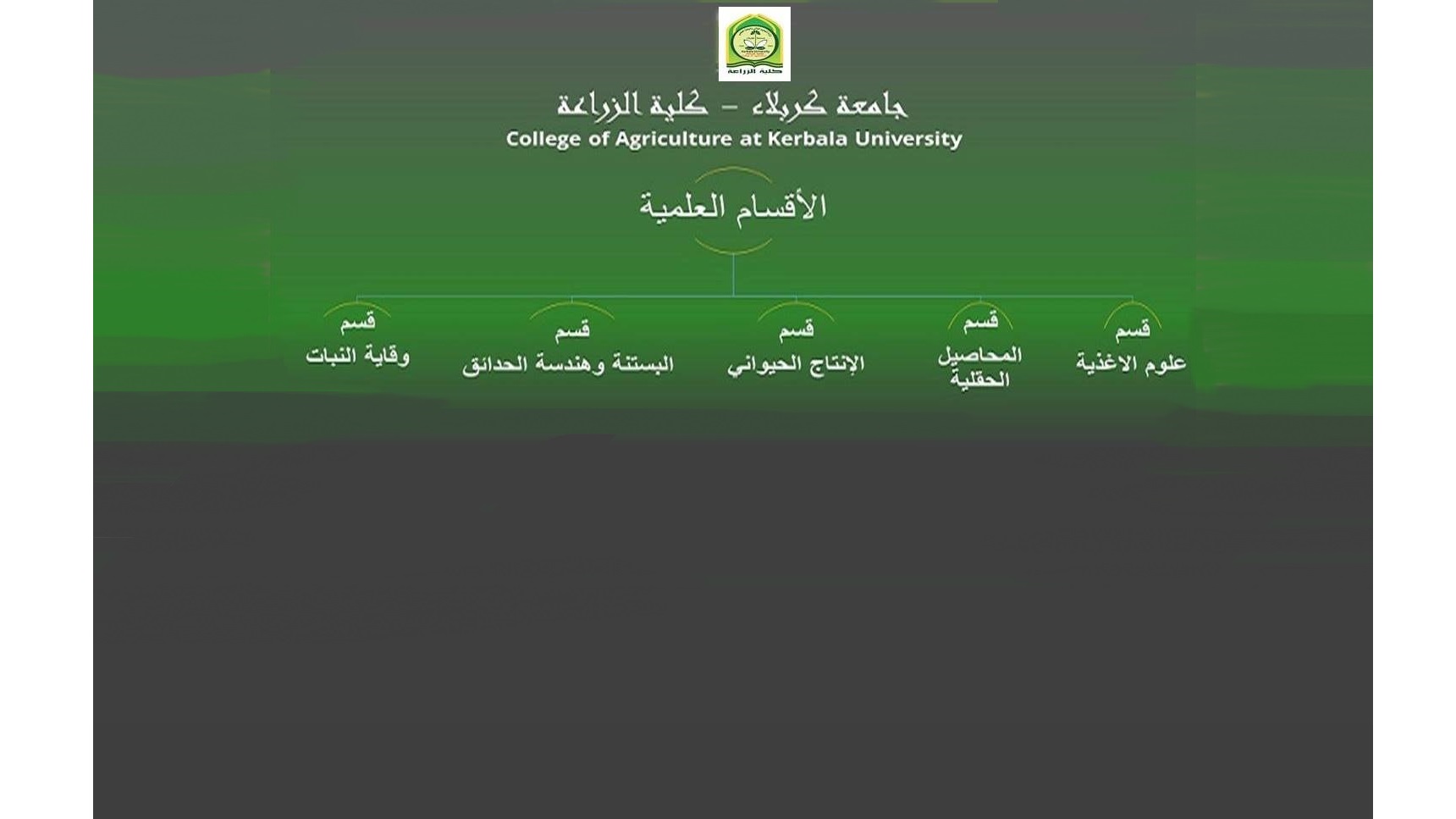|
الخلاصة
اجريت الدراسة لتقييم كفاءة معاملة الوسط الغذائي بالتراكيز (250 , 500 , 1000 , 2000) جزء بالمليون لمنظمي النمو Alsystin (Triflumuron) و Dimilin (Diflubenzuron) و بالتراكيز (200 , 250 , 300) جزء بالمليون لمنظم النمو Nemsis (Chlorfluazuron) في احداث الهلاك لشغالات الارضة Microcerotermes diversus عند ظروف المختبر الطبيعية وظروف الحاضنة عند درجة حرارة 30 ± 5 م ْ ورطوبة نسبية 80 ± 10 % خلال عام 2011- 2012.
اظهرت نتائج الدراسة فعالية كبيرة لجميع منظمات النمو المختبرة Alsystin وDimilin و Nemsis في إحداث الهلاك لشغالات الأرضة بمختلف التراكيز وفي ظرفي المختبر اذ تميزت جميع التراكيز باحداث هلاك تدريجي في بداية المعاملة وازدادت بتقدم مدة التعريض. حيث تحققت نسبة القتل 100% بعد اربع اسابيع لجميع منظمات النمو وبجميع التراكيز وبالنسبة للتجارب التي اجريت في ظروف المختبركان لزيادة التركيز الاثر في زيادة فعالية منظمي النمو Alsystin و Nemsis لكن لم يكن لزيادة التركيز لمنظم النمو Dimilin الاثر في زيادة نسبة الهلاك خلال العدوات المتلاحقة اما بالنسبة للتجارب التي اجريت في ظروف الحاضنة فلم يكن لزيادة التركيز الاثر في زيادة نسب الهلاك المتحققة ولجميع منظمات النمو, وقد اظهرت نتائج الدراسة ان كفاءة منظمات النمو Alsystin و Dimilin و Nemsis في احداث الهلاك تقل تدريجيا بمرور الزمن ففي الاسبوع الثاني عشر للعدوى الرابعة كانت نسب القتل 42% , 32% , 33.50% , 52% لتراكيز (250 , 500 , 1000 , 2000) جزء بالمليون على التوالي لمنظم النمو Alsystin في حين بلغت نسب القتل (73.33% , 54.67% , 68.33% , 70%) لمنظم النموDimilin ولنفس المراكز اما منظم النمو Nemsis فقد كانت نسب القتل 72% , 64% , 64% للتراكيز (200 , 250 , 300) جزء بالمليون وعلى التوالي إلا ان كفاءة هذه المنظمات تكون اكثر واسرع في احداث الهلاك عند درجة الحرارة الثابتة نسبيا في ظروف الحاضنة مقارنة بالتذبذب في درجات الحرارة عند ظروف المختبر خلال العدوات المتلاحقة , وان مدة بقاء منظمات النمو Dimilin و Nemsis فعالة في احداث الهلاك بلغت 157 – 241 يوم ولمنظم النمو Alsystin 157 في ظروف المختبر وبلغت 237 يوم في ظروف الحاضنة لجميع منظمات النمو .
Absetract
*بحث مستل من رسالة ماجستير للباحث الثاني
|
The study was conducted to evaluate the efficiency of different insect growth regulators with concentrations (250,500,1000,2000) ppm for Alsystin (Triflumuron) , Dimilin (Diflubenzuron) and (200, 250, 300) ppm for Nemsis (Chlorfluazuron) in causing the mortality to termite workers feed on treated media with the insect growth regulators in the natural laboratory conditions and incubator conditions at a temperature of 30 ± 5 C and Relative humidity 80 ± 10% in 2011 – 2012.The study results showed a great effectiveness of all the insect growth regulators Alsystin , Dimilin and Nemsis in causing the mortality to termite workers for all tested concentrations and for both experiment conditions as all concentrations characterized to cause a gradual killing at the beginning of the treatment and then increased with increasing of exposure time. For the experiments carried out in the laboratory conditions the increasing of the concentration effect in increasing the effectiveness of the Alsystin and Nemsis but the increasing of Dimilin concentrations didn’t impact in increasing the proportion of mortality during the experiment time As for the experiments conducted in the incubator conditions the increasing of the concentrations didn’t effect in increasing the rates of mortality for all insect growth regulators. The study results showed that the efficiency of Alsystin , Dimilin and Nemsis in causing less of mortality over time In the twelfth week of fourth infection killing rates were 42%, 32%, 33.50%, 52% for the concentrations (250, 500, 1000, 2000) ppm, respectively, for Alsystin while the killing rates of Dimilin were (73.33%, 54.67%,68.33%, 70%) for the same concentrations while the killing rates cosed by Nemsis were 72%, 64%, 64% for concentrations (200, 250, 300) ppm, respectively, but the efficiency of these growth regulators but they were more efficiency and faster in causing a killing when the temperature is relatively stable in the conditions of the incubator compared to fluctuations in temperature at laboratory conditions during subsequent exposition, the effective of Dimilin and Nemsis in causing mortality continued 157 – 241 days and for Alsystin 157 days in laboratory conditions when it continued 237 days in the incubator conditions for all insect growth regulators.
|






























































